-
 Bitcoin
Bitcoin $117400
1.88% -
 Ethereum
Ethereum $3867
5.29% -
 XRP
XRP $3.081
2.58% -
 Tether USDt
Tether USDt $1.000
0.03% -
 BNB
BNB $779.7
0.92% -
 Solana
Solana $171.8
2.11% -
 USDC
USDC $0.9999
0.01% -
 Dogecoin
Dogecoin $0.2172
5.80% -
 TRON
TRON $0.3413
1.41% -
 Cardano
Cardano $0.7641
3.06% -
 Hyperliquid
Hyperliquid $39.69
3.62% -
 Sui
Sui $3.731
6.73% -
 Stellar
Stellar $0.4125
3.55% -
 Chainlink
Chainlink $18.23
8.86% -
 Bitcoin Cash
Bitcoin Cash $579.5
1.41% -
 Hedera
Hedera $0.2538
4.02% -
 Ethena USDe
Ethena USDe $1.001
0.00% -
 Avalanche
Avalanche $22.81
2.82% -
 Litecoin
Litecoin $121.7
1.10% -
 UNUS SED LEO
UNUS SED LEO $8.962
-0.33% -
 Toncoin
Toncoin $3.324
2.94% -
 Shiba Inu
Shiba Inu $0.00001263
2.30% -
 Uniswap
Uniswap $10.24
4.95% -
 Polkadot
Polkadot $3.780
3.09% -
 Dai
Dai $1.000
0.03% -
 Bitget Token
Bitget Token $4.432
1.64% -
 Cronos
Cronos $0.1493
3.87% -
 Monero
Monero $256.7
-9.05% -
 Pepe
Pepe $0.00001092
3.99% -
 Aave
Aave $279.0
6.11%
How to adjust the leverage of Kraken contracts? How many times of leverage is supported?
Adjusting leverage on Kraken's futures can amplify market exposure; options range from 2x to 100x, depending on the crypto and account type.
May 05, 2025 at 03:35 pm
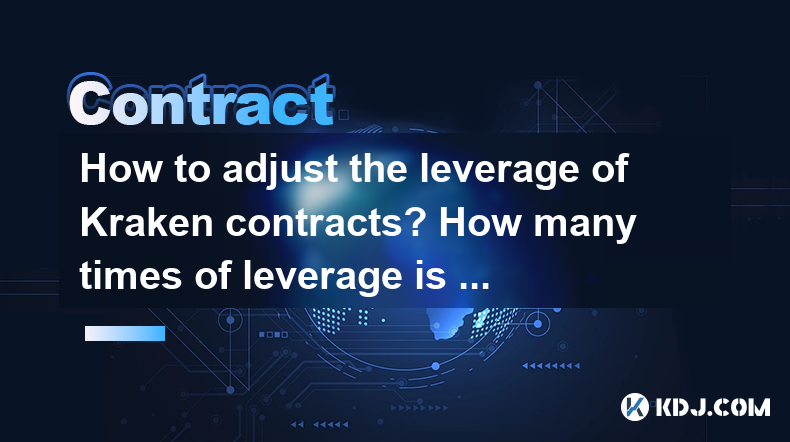
Adjusting the leverage on Kraken's futures contracts is a crucial aspect of trading that allows users to amplify their exposure to the market. Kraken, a well-known cryptocurrency exchange, offers futures trading with various leverage options. In this article, we will explore how to adjust the leverage on Kraken contracts and discuss the different levels of leverage supported by the platform.
Understanding Leverage on Kraken
Leverage on Kraken refers to the ability to control a larger position with a smaller amount of capital. This can potentially increase both profits and losses. Kraken offers futures contracts on various cryptocurrencies, and the leverage available can vary depending on the asset and the user's account type.
Accessing the Futures Trading Interface
To adjust the leverage on Kraken, you first need to access the futures trading interface. Here are the steps to do so:
- Log in to your Kraken account.
- Navigate to the Trade section on the top menu.
- Select Futures from the dropdown menu.
- Choose the specific futures contract you wish to trade.
Adjusting Leverage on Kraken
Once you are on the futures trading page, you can adjust the leverage for your trades. Here's how to do it:
- Select the futures contract you want to trade.
- On the trading interface, locate the Leverage dropdown menu.
- Choose the desired leverage from the available options. The options may include 2x, 5x, 10x, 20x, 50x, and 100x, depending on the contract.
- After selecting the leverage, you can proceed to place your order.
Leverage Levels Supported by Kraken
Kraken supports various levels of leverage for its futures contracts. The exact leverage available can depend on the specific cryptocurrency and the user's account status. Here are the common leverage levels supported:
- Bitcoin (BTC) Futures: Up to 100x leverage.
- Ethereum (ETH) Futures: Up to 50x leverage.
- Other Altcoin Futures: Typically up to 20x leverage, though this can vary.
It's important to note that higher leverage levels come with increased risk, and users should be cautious when using high leverage.
Managing Risk with Leverage
When using leverage, it's crucial to manage risk effectively. Here are some tips for managing risk on Kraken:
- Set Stop-Loss Orders: Use stop-loss orders to limit potential losses.
- Monitor Margin Levels: Keep an eye on your margin levels to avoid liquidation.
- Start with Lower Leverage: If you're new to futures trading, start with lower leverage to gain experience.
Adjusting Leverage for Existing Positions
If you already have an open position and want to adjust the leverage, you can do so by following these steps:
- Go to the Positions tab on the futures trading interface.
- Find the position you want to adjust.
- Click on the Adjust Leverage button next to the position.
- Select the new leverage level from the dropdown menu.
- Confirm the adjustment.
Understanding the Impact of Leverage Changes
Changing the leverage on an existing position can have significant impacts on your margin requirements and potential profits or losses. Here's what you need to know:
- Margin Requirements: Increasing leverage will decrease the margin required to hold the position, while decreasing leverage will increase the margin required.
- Potential Profits and Losses: Higher leverage can amplify both profits and losses. Always consider the potential impact before adjusting leverage.
Frequently Asked Questions
Q: Can I change the leverage on Kraken multiple times during a trade?
A: Yes, you can adjust the leverage on Kraken multiple times during a trade. However, each adjustment may impact your margin requirements and potential profits or losses, so it's important to consider these factors before making changes.
Q: Are there any fees associated with adjusting leverage on Kraken?
A: Kraken does not charge a specific fee for adjusting leverage. However, standard trading fees and funding fees for holding positions overnight still apply.
Q: How does Kraken determine the maximum leverage available for a user?
A: Kraken determines the maximum leverage available based on several factors, including the user's account type, trading history, and the specific futures contract being traded. Users with higher account levels and more trading experience may have access to higher leverage levels.
Q: What happens if I don't have enough margin after adjusting leverage?
A: If you don't have enough margin after adjusting leverage, your position may be subject to liquidation. It's crucial to monitor your margin levels and ensure you have sufficient funds to cover the new margin requirements after adjusting leverage.
Disclaimer:info@kdj.com
The information provided is not trading advice. kdj.com does not assume any responsibility for any investments made based on the information provided in this article. Cryptocurrencies are highly volatile and it is highly recommended that you invest with caution after thorough research!
If you believe that the content used on this website infringes your copyright, please contact us immediately (info@kdj.com) and we will delete it promptly.
- Pi Coin's dApp and AI Potential: Building a Decentralized Future
- 2025-08-08 02:30:12
- Ruvi AI Takes the Lead: Outshining Dogecoin on CoinMarketCap
- 2025-08-08 02:50:12
- Memecoins, Low-Cap Gems, and the Hunt for 10,000x Gains: What's Next?
- 2025-08-08 02:50:12
- Bitcoin, Greenidge, and Liquidity: Navigating the Crypto Currents in NYC
- 2025-08-08 02:30:12
- Crypto Phishing Alert: $3 Million USDT Loss Highlights DeFi Risks
- 2025-08-08 01:10:12
- Crypto Presale Mania: Is Punisher Coin the High ROI King?
- 2025-08-08 01:10:12
Related knowledge
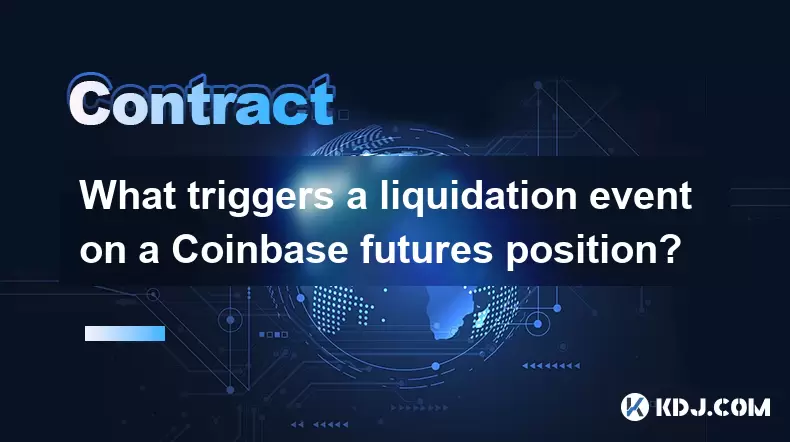
What triggers a liquidation event on a Coinbase futures position?
Aug 08,2025 at 01:15am
Understanding Futures Contracts on CoinbaseFutures contracts on Coinbase allow traders to speculate on the future price of a cryptocurrency, such as B...
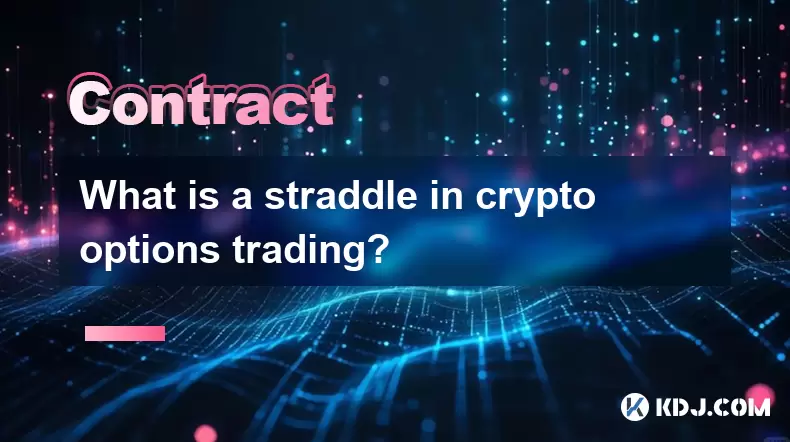
What is a straddle in crypto options trading?
Aug 07,2025 at 11:15pm
Understanding the Basics of a Straddle in Crypto OptionsA straddle is an options trading strategy used when a trader expects significant price movemen...
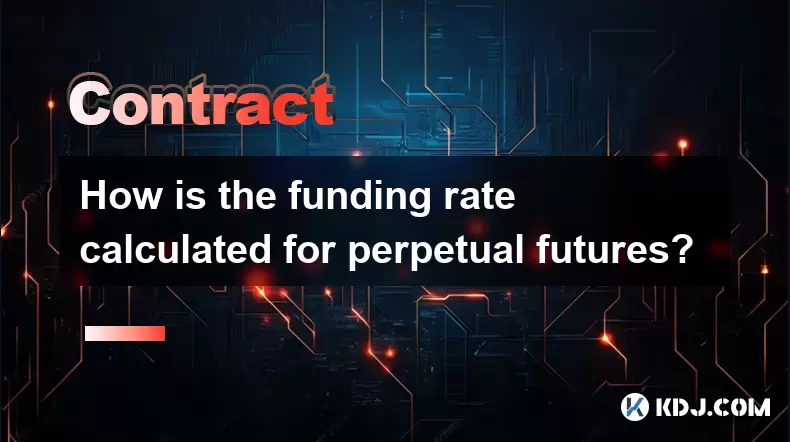
How is the funding rate calculated for perpetual futures?
Aug 07,2025 at 11:36pm
Understanding the Basics of Perpetual FuturesPerpetual futures are a type of derivative contract that does not have an expiration date, allowing trade...

What programming languages are used for smart contracts?
Aug 07,2025 at 06:07pm
Understanding Smart Contracts and Their Execution EnvironmentSmart contracts are self-executing programs deployed on blockchain networks that automati...
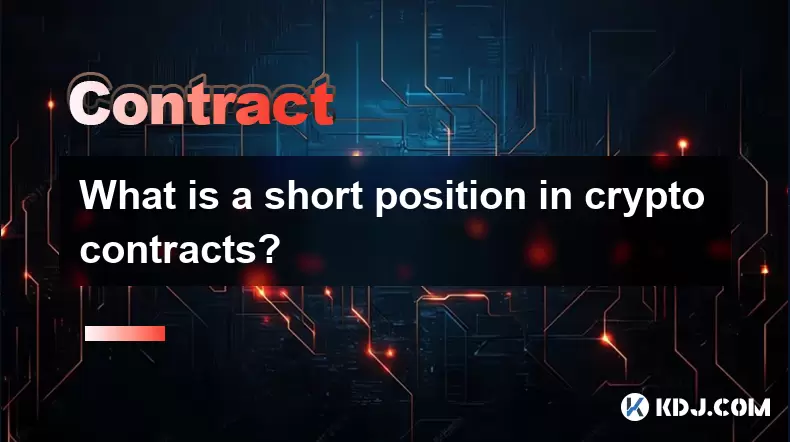
What is a short position in crypto contracts?
Aug 07,2025 at 11:42pm
Understanding the Concept of a Short Position in Crypto ContractsA short position in crypto contracts refers to a trading strategy where a trader prof...
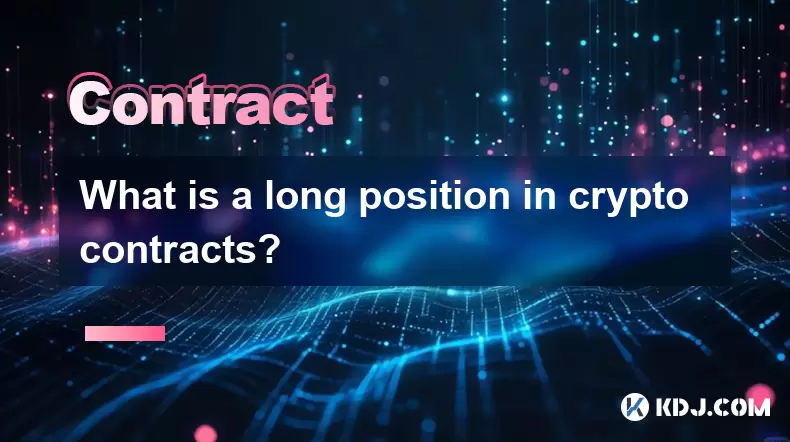
What is a long position in crypto contracts?
Aug 07,2025 at 06:29pm
Understanding the Concept of a Long Position in Crypto ContractsA long position in crypto contracts refers to a trading strategy where a trader buys a...

What triggers a liquidation event on a Coinbase futures position?
Aug 08,2025 at 01:15am
Understanding Futures Contracts on CoinbaseFutures contracts on Coinbase allow traders to speculate on the future price of a cryptocurrency, such as B...

What is a straddle in crypto options trading?
Aug 07,2025 at 11:15pm
Understanding the Basics of a Straddle in Crypto OptionsA straddle is an options trading strategy used when a trader expects significant price movemen...

How is the funding rate calculated for perpetual futures?
Aug 07,2025 at 11:36pm
Understanding the Basics of Perpetual FuturesPerpetual futures are a type of derivative contract that does not have an expiration date, allowing trade...

What programming languages are used for smart contracts?
Aug 07,2025 at 06:07pm
Understanding Smart Contracts and Their Execution EnvironmentSmart contracts are self-executing programs deployed on blockchain networks that automati...

What is a short position in crypto contracts?
Aug 07,2025 at 11:42pm
Understanding the Concept of a Short Position in Crypto ContractsA short position in crypto contracts refers to a trading strategy where a trader prof...

What is a long position in crypto contracts?
Aug 07,2025 at 06:29pm
Understanding the Concept of a Long Position in Crypto ContractsA long position in crypto contracts refers to a trading strategy where a trader buys a...
See all articles

























































































